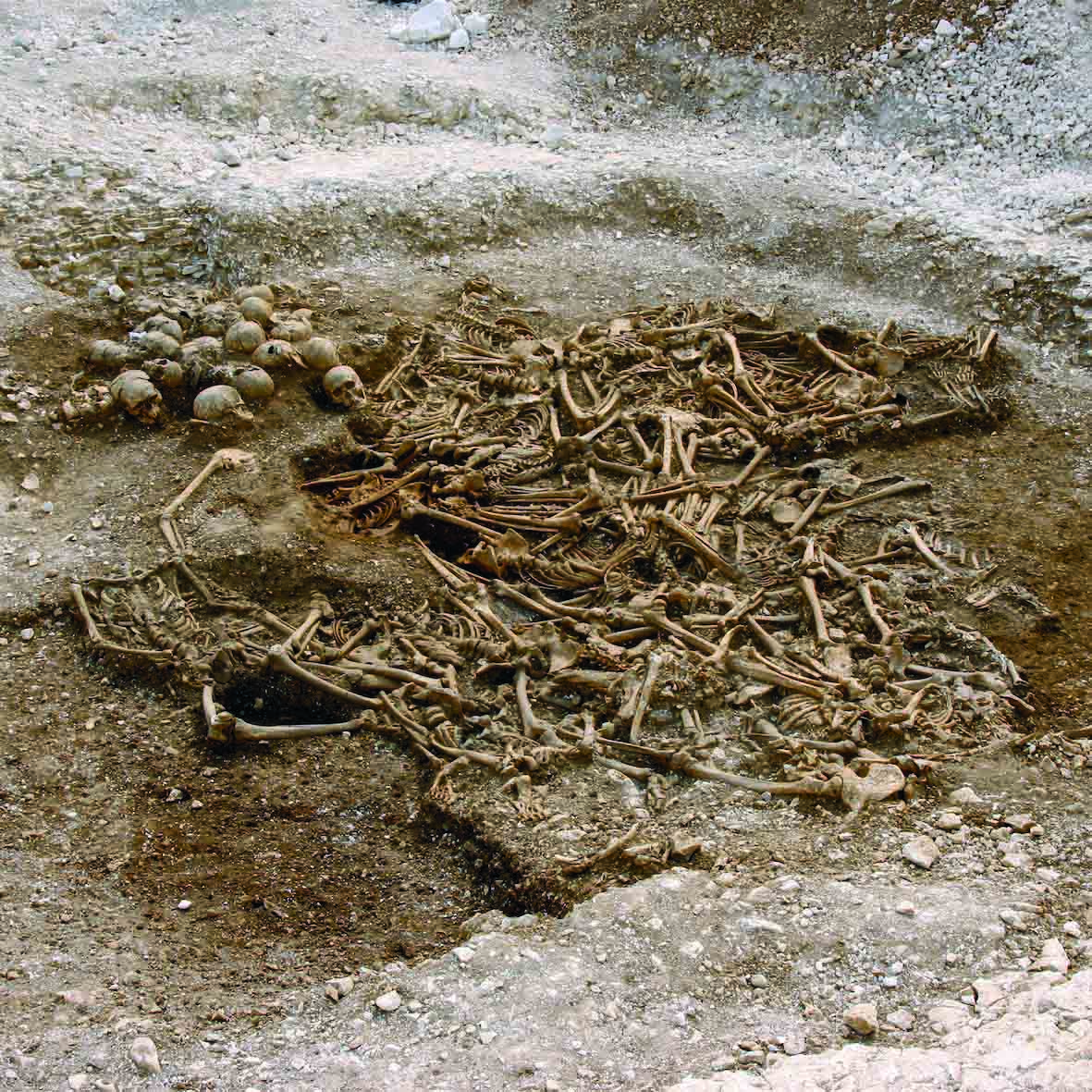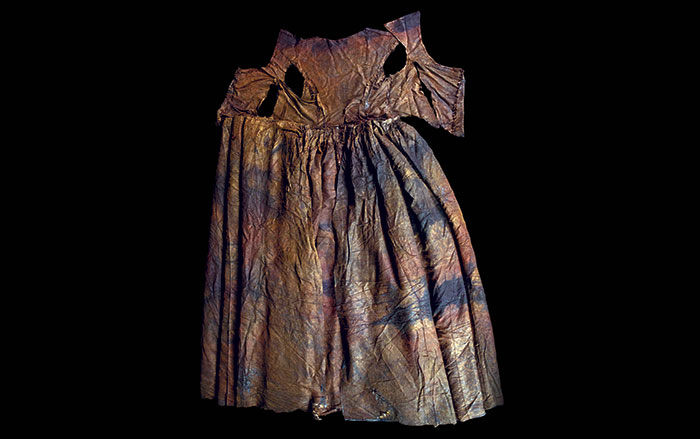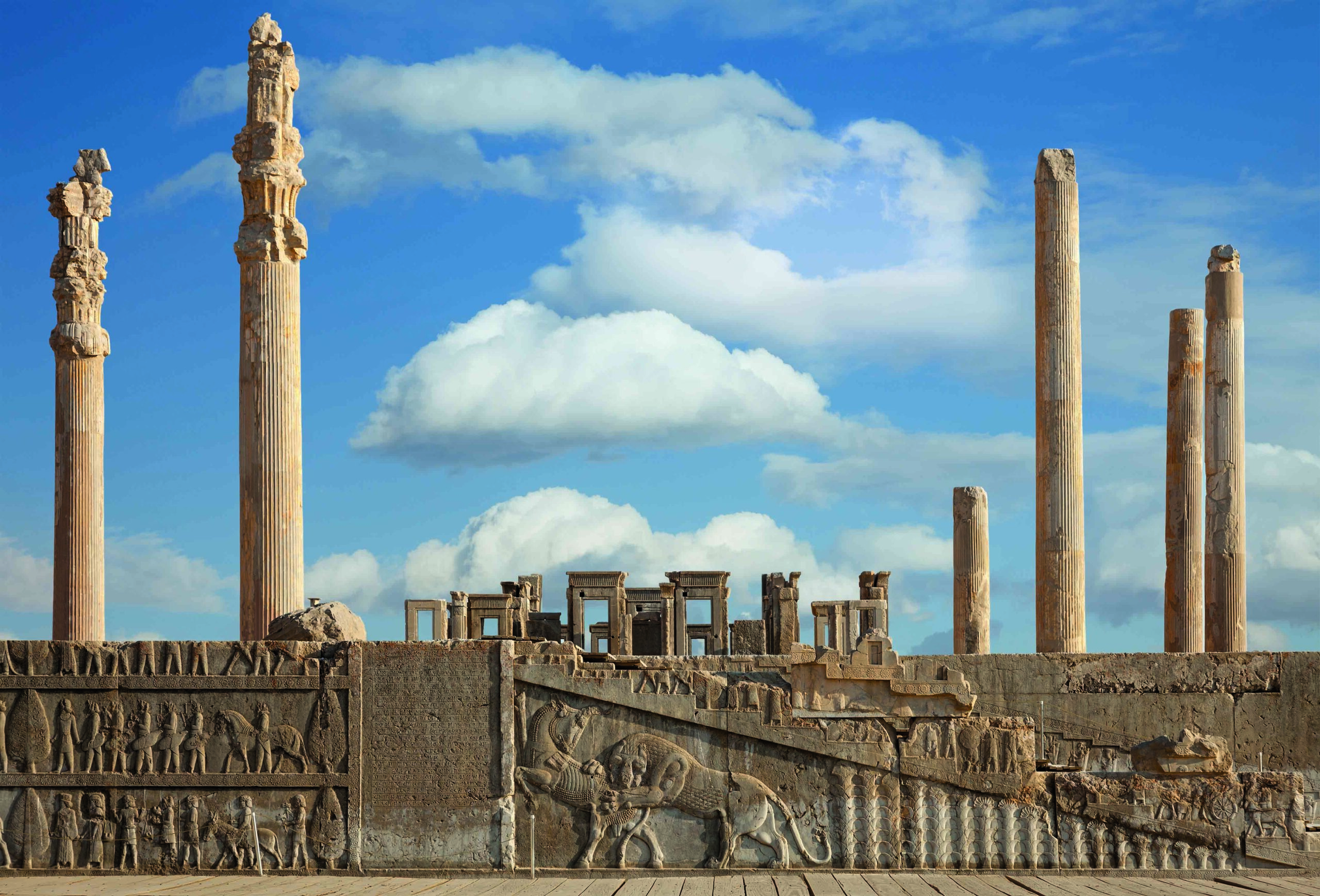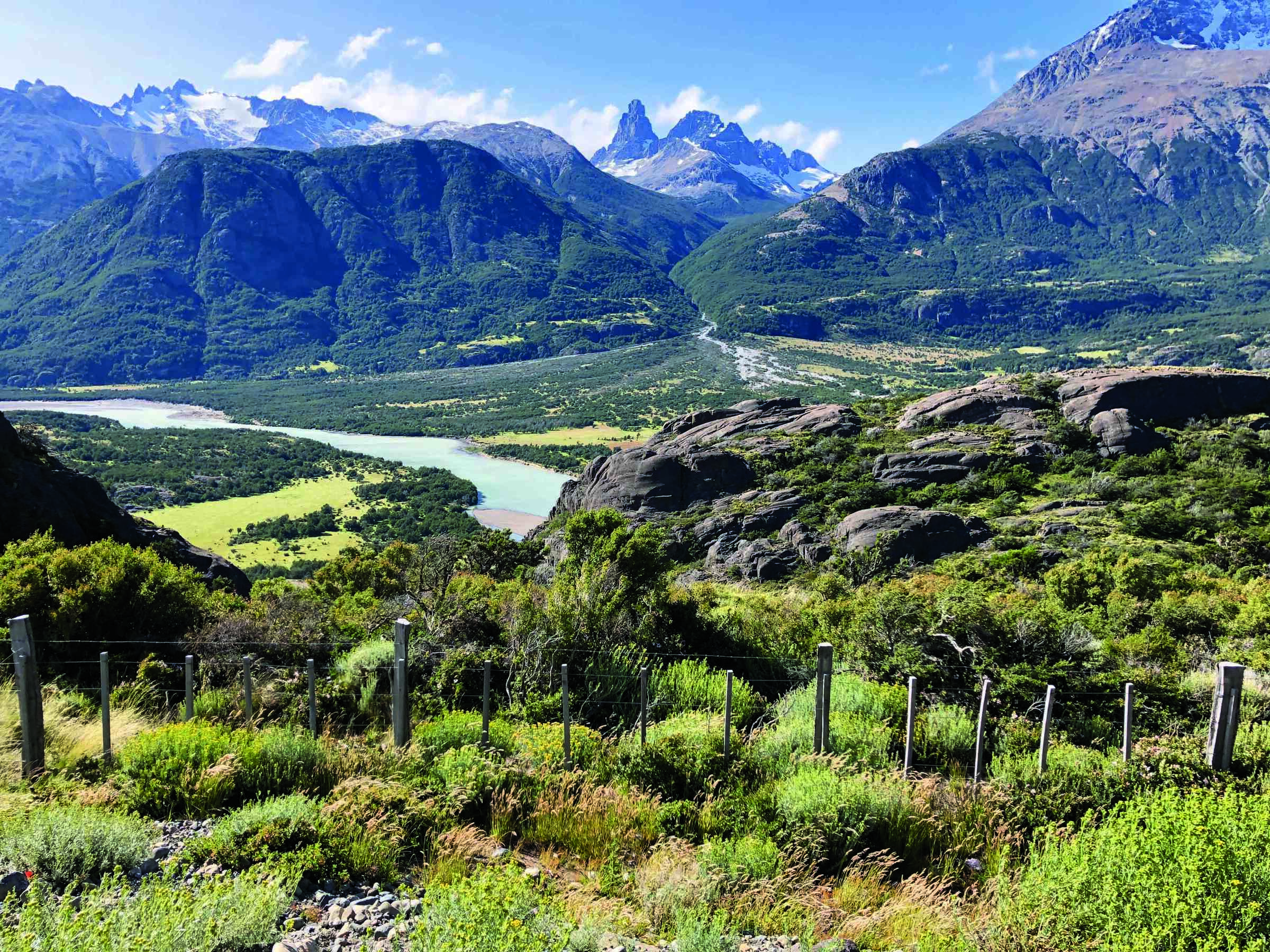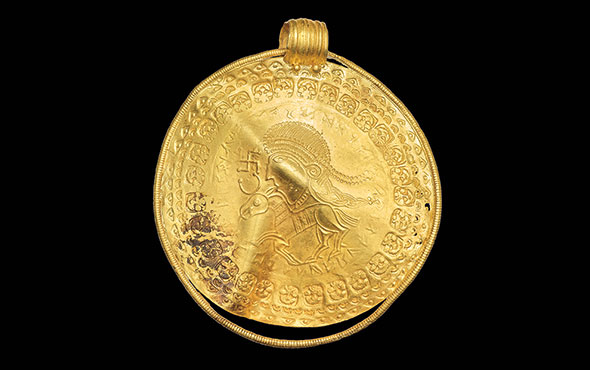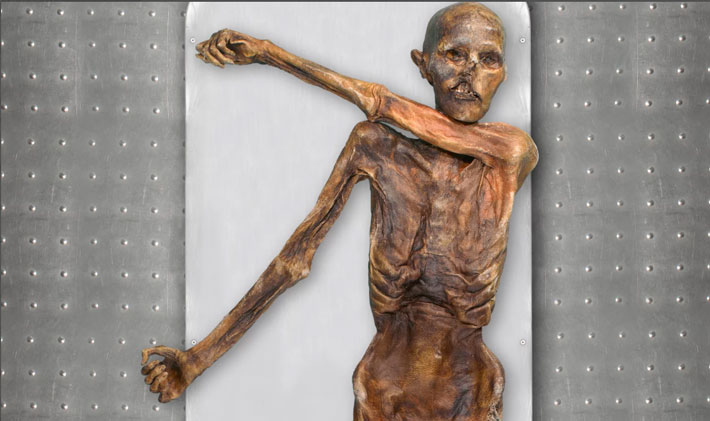
LEIPZIG, GERMANY—According to a Cosmos Magazine report, a new genetic study of the naturally preserved mummy known as Ötzi the Iceman suggests that more than 90 percent of his ancestry came from Anatolian farmers. Discovered by hikers in Alps near the Austrian-Italian border in 1991, the remains have been dated to between 3350 and 3120 B.C. A 2012 analysis of a DNA sample, now thought to have been contaminated with modern DNA, indicated that Ötzi was related to herders from the eastern European steppe. The new study also offers new information about Ötzi’s appearance. “The genome analysis revealed phenotypic traits such as high skin pigmentation, dark eye color, and male pattern baldness that are in stark contrast to the previous reconstructions that show a light skinned, light eyed, and quite hairy male,” said Johannes Krause of the Max Planck Institute for Evolutionary Anthropology. Read the original scholarly article about this research in Cell Genomics. For more about Ötzi and his wardrobe, go to "Ötzi's Sartorial Splendor."



